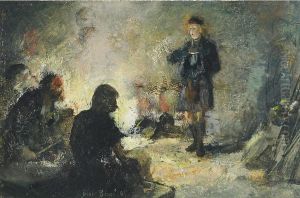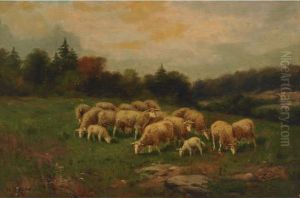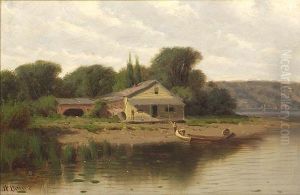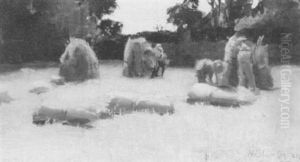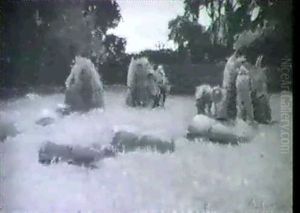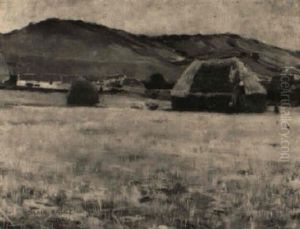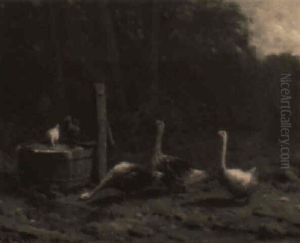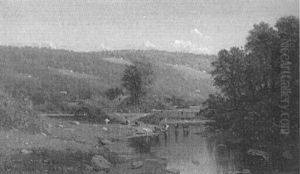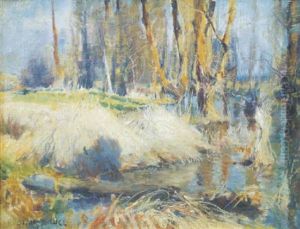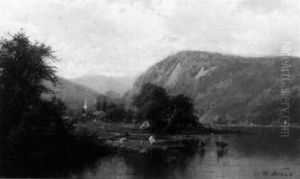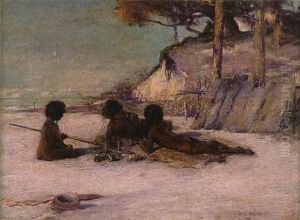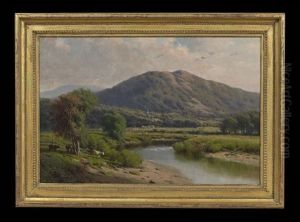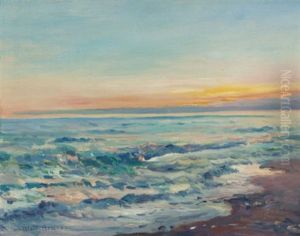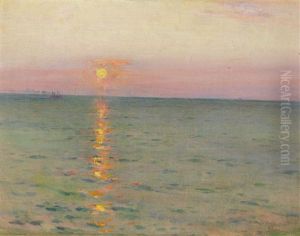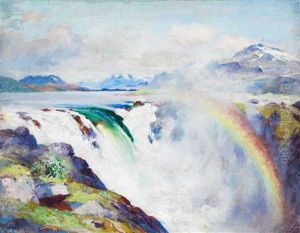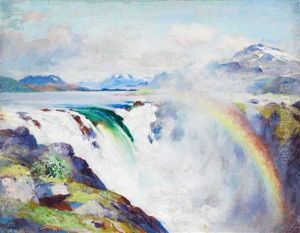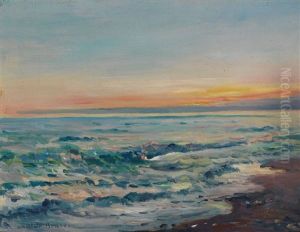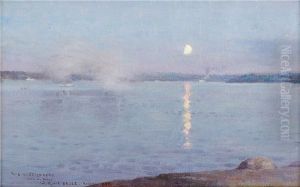William Blair Bruce Paintings
William Blair Bruce was a Canadian painter born on October 8, 1859, in Hamilton, Ontario. He began his artistic education in his home country but soon moved to France to further his studies and pursue a career as an artist. Bruce studied at the Académie Julian in Paris under the tutelage of William-Adolphe Bouguereau and Tony Robert-Fleury, which was common for many artists from North America seeking to refine their skills and engage with the European art scene.
In France, Bruce was particularly influenced by the Impressionist movement, and his style evolved to reflect the Impressionists' focus on light, color, and everyday subject matter. However, he also maintained elements of realism and was never fully identified with any particular school. Bruce's work often depicted the landscapes of France and the Scandinavian region, as he spent a significant part of his life in Sweden after marrying Swedish sculptress Carolina Benedicks. They lived at the estate of Gannarve in Gotland, where Bruce found much inspiration for his landscapes.
Bruce's paintings are characterized by their vibrant use of color and their sensitive portrayal of natural settings. He exhibited his work in various salons and exhibitions in Europe and gained modest recognition during his lifetime. Unfortunately, his career was cut short when he died on November 17, 1906, at the young age of 47.
After his death, Bruce's work was celebrated in Canada as an important bridge between Canadian art and European styles and techniques. His legacy includes his influence on Canadian artists who also sought to study abroad and bring international perspectives into their art. The Brucebo and W.B. Bruce Fine Arts Scholarships were established in his memory, funded by his widow to support young Canadian artists wishing to study in Europe. Today, William Blair Bruce is remembered as a significant figure in Canadian art history, and his works are displayed in various galleries and museums in Canada and abroad.
